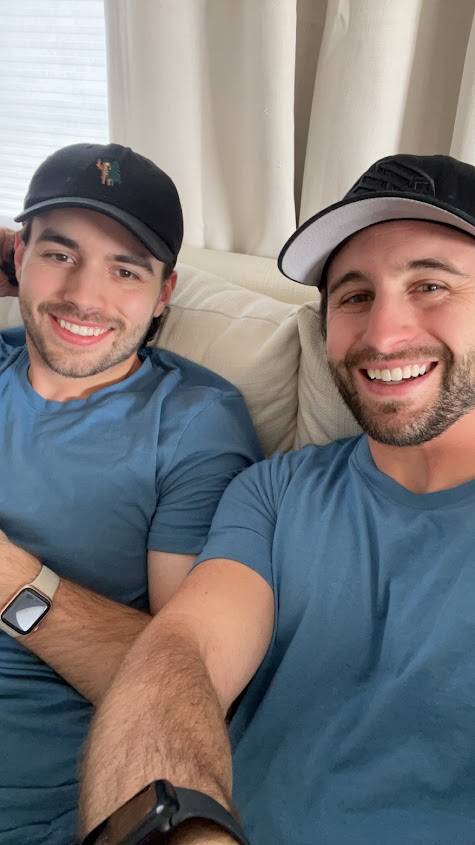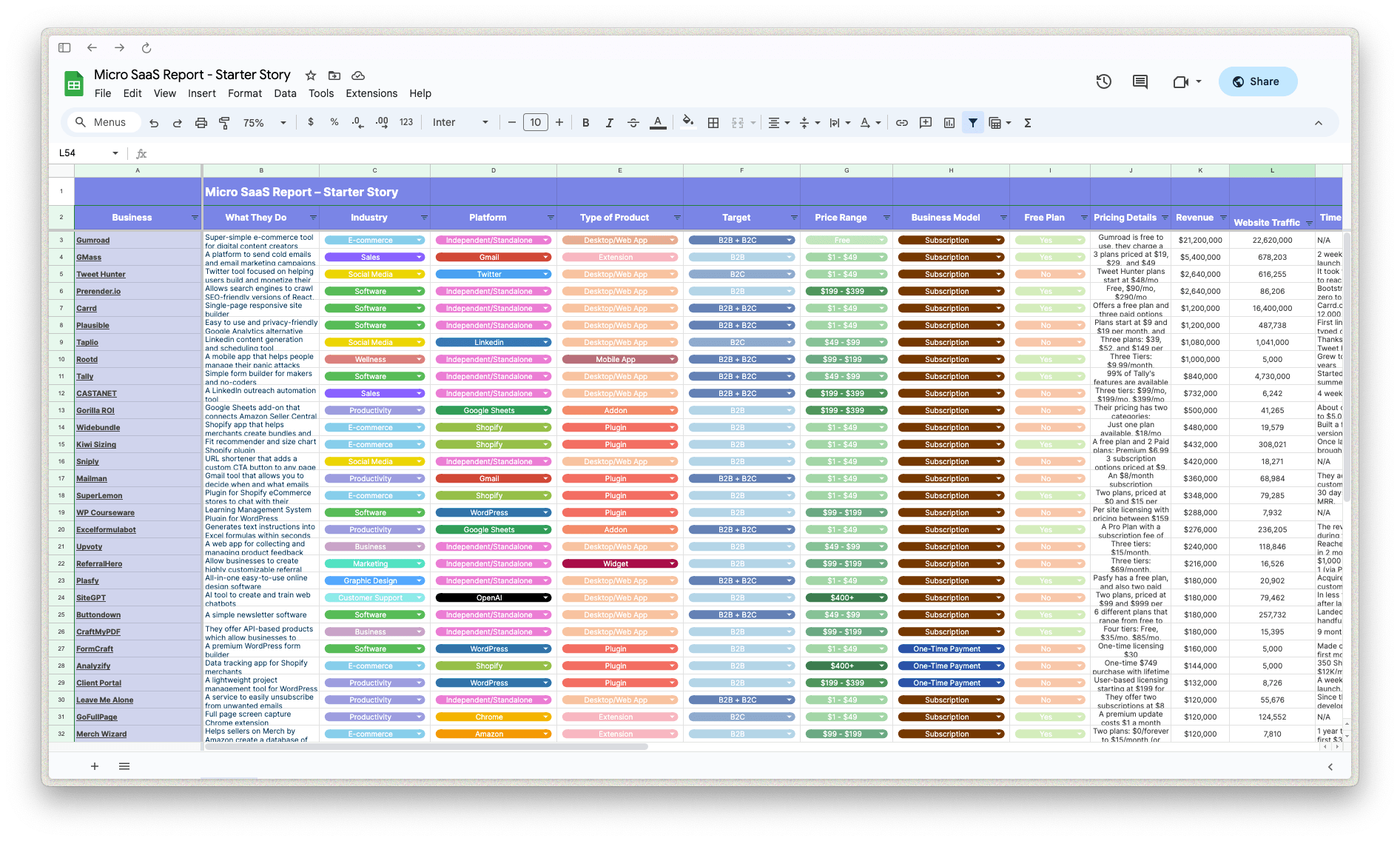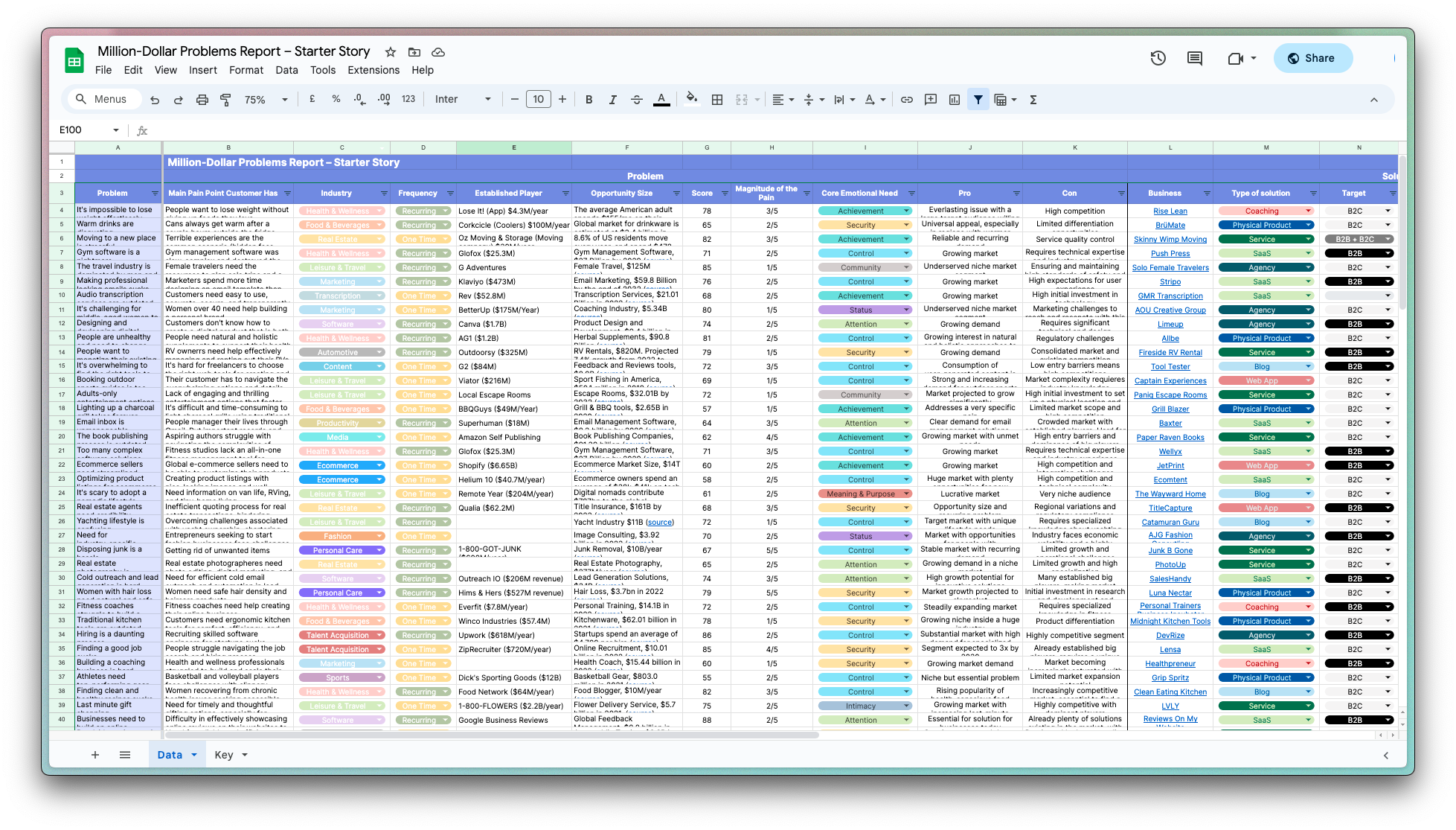How My Form Builder Made $33K This Year
Who are you and what business did you start?
Hi 👋 I’m Cameron. I founded Deformity because I knew that my beautiful wife wanted to be the breadwinner in our family. Can you imagine if I didn’t give her the chance?
Deformity is an AI-powered form builder that converts better than traditional forms. Take Typeform or Google Forms, marry it with AI, and you have Deformity. We serve a diverse range of customers, from small SaaS products to photographers and marketing agencies. We even have golf courses and hotels that use our forms for scheduling.
Deformity is the only form builder on the market that offers both static and AI forms. AI forms are like a conversational chatbot. They help companies gather better data by automating invaluable conversations with their customers.
Today we bring in enough to cover a quarter of my kids’ daycare costs ($500 MRR), so things are looking up! Deformity has generated approximately $33k in revenue this year.

My brother, Brennon,...

Download the report and join our email newsletter packed with business ideas and money-making opportunities, backed by real-life case studies.

Download the report and join our email newsletter packed with business ideas and money-making opportunities, backed by real-life case studies.

Download the report and join our email newsletter packed with business ideas and money-making opportunities, backed by real-life case studies.

Download the report and join our email newsletter packed with business ideas and money-making opportunities, backed by real-life case studies.

Download the report and join our email newsletter packed with business ideas and money-making opportunities, backed by real-life case studies.

Download the report and join our email newsletter packed with business ideas and money-making opportunities, backed by real-life case studies.

Download the report and join our email newsletter packed with business ideas and money-making opportunities, backed by real-life case studies.

Download the report and join our email newsletter packed with business ideas and money-making opportunities, backed by real-life case studies.
More Business Ideas Like This
- Monthly Revenue
-
$2K
- Startup Costs
-
$5
- Profitable
-
Yes
- Founders
-
1
- Employees
-
0









